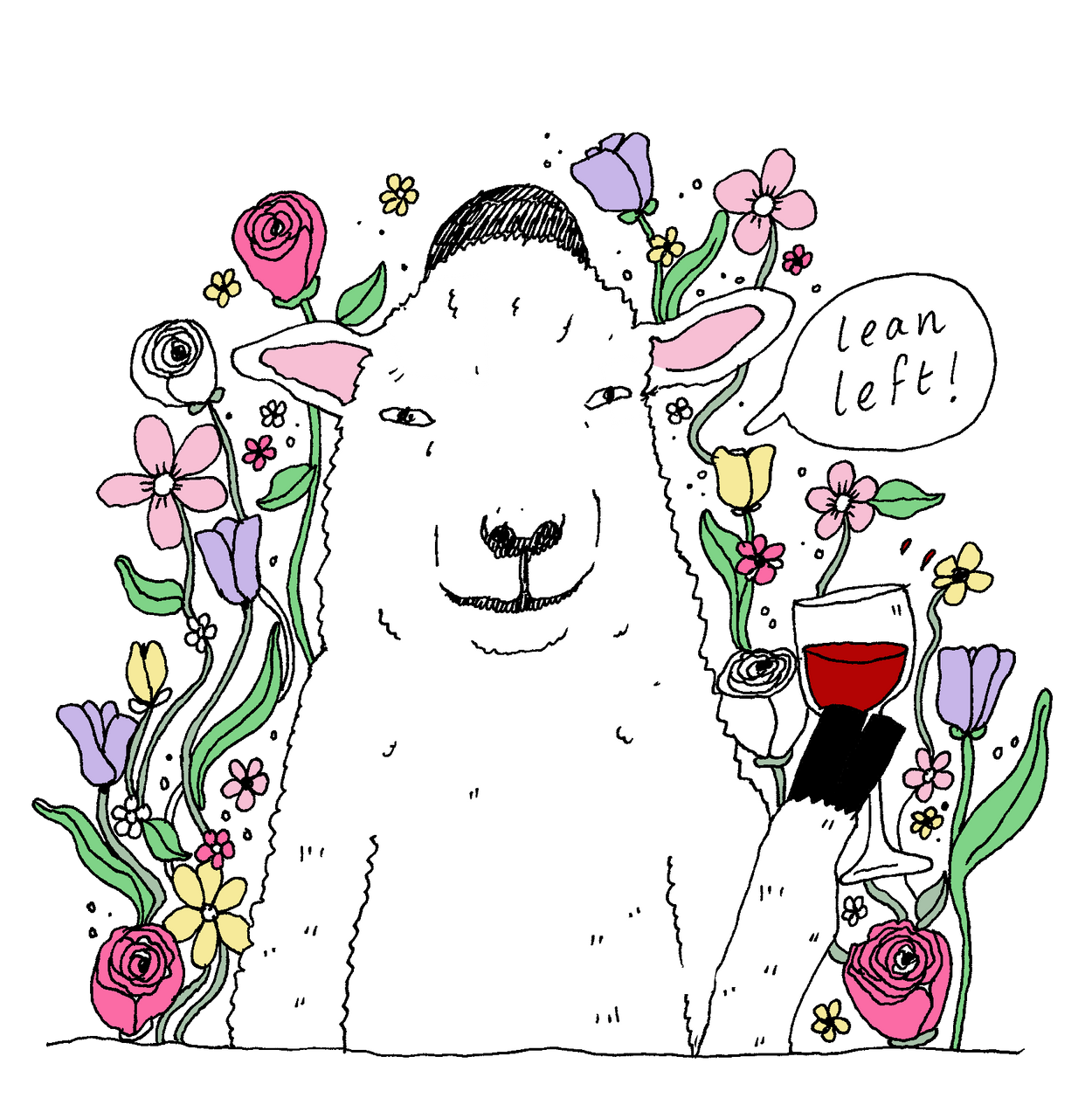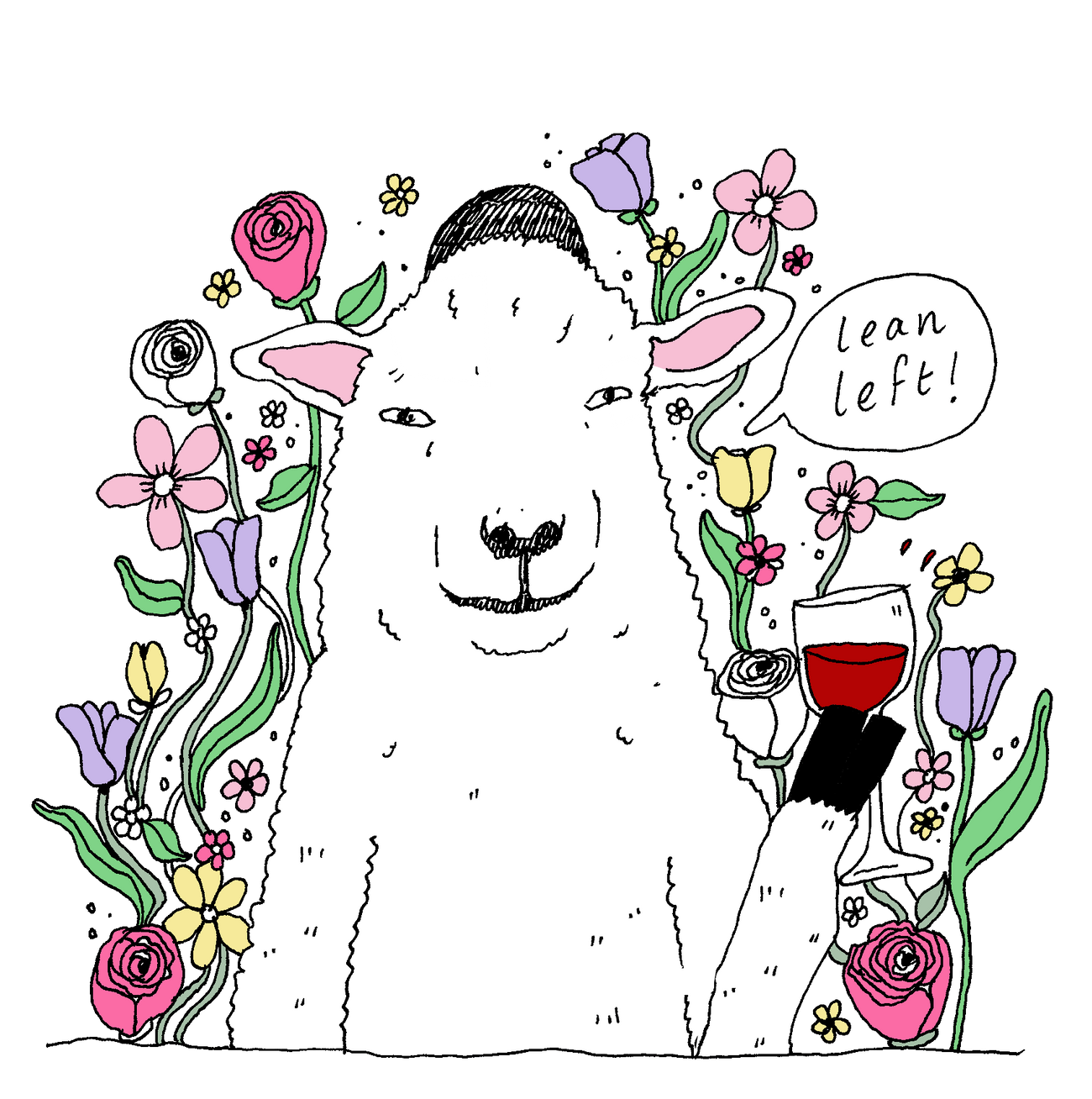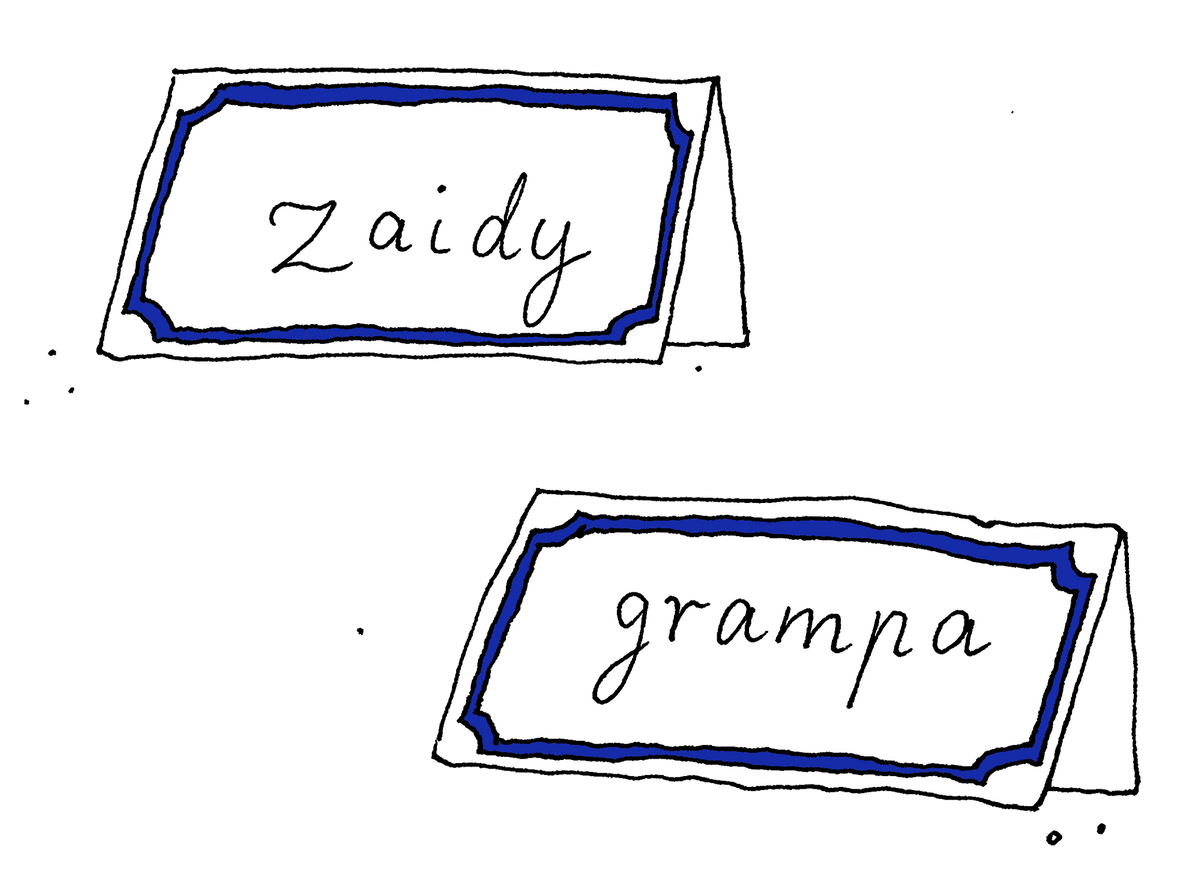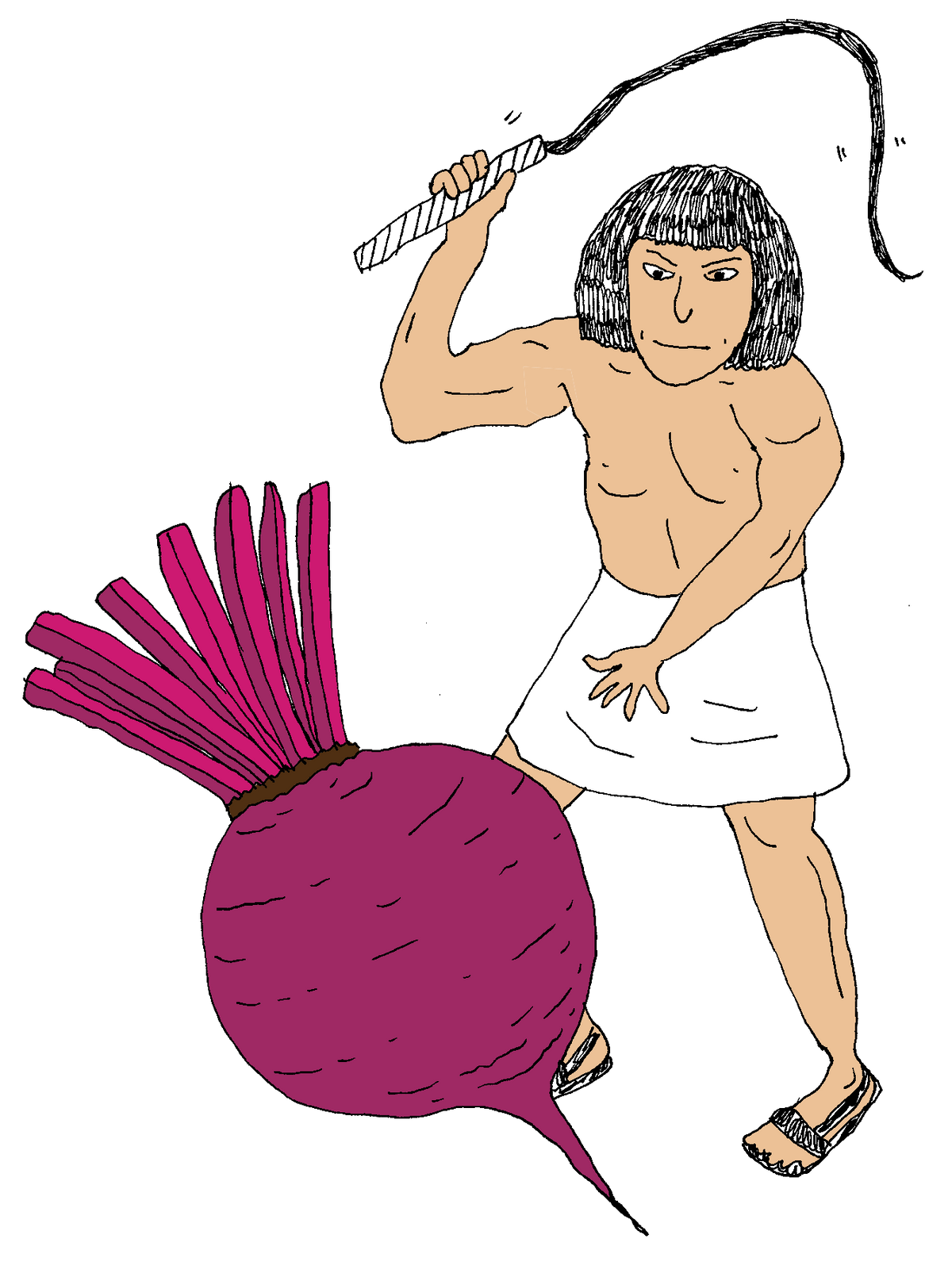The Joy of Plant-Based Passover
‘Plant-forward’ Seders aren’t just for vegans anymore




When I was growing up, our Passover Seder was a production where 50-year-old card tables were pulled out of the depths of the garage and covered in Bubbe’s finest tablecloths, couches were pushed to the sides of the living room to extend the dining area, and dishes were planned and prepared weeks in advance. Place cards were thoughtfully laid out to separate grandfathers with differing world views, and kids were put at the end of the table with our very own bottle of Manischewitz wine. It was an open-door event—not only to Elijah, but to anyone looking to celebrate. But most of all, it was my grandmother and my mother’s time to shine in the kitchen, sharing their love for food with anyone who would eat it. The Seder was the event of the year—until for me, it wasn’t.

During Passover, we say, “All who are hungry, come eat!” But as the sole plant-based eater around the table, I never felt this was true for me. My bubbe would often give me her sassy side-eye, looking over my plate and commenting about “the vegetarian one.”While I subconsciously knew that every time she put roasted chicken in front of me, it came from a place of love, it left me feeling more and more isolated (and guilty!) from a family that valued food above all else. My family’s roots lie in the “old country,” meaning that all meals revolve around the questions of which cut of meat you’ll be serving, and whether your potatoes will be mashed, fried, baked, or boiled. From navigating my grandmother’s disappointment whenever I refused “just a little taste” of her brisket, or trying to endlessly explain that “no, chicken is not vegetarian,” I was stuck somewhere between following tradition and carving my own path.
It’s been years since I’ve been able to enjoy Passover with my grandma. With age, her capacity to host the Seders of my childhood wavered, but my mother stepped into the role with grace—and an open mind. I, too, carved out my own place in the kitchen. I would make plant-based tzimmes, try (and fail) to make vegan matzo balls, and serve up dishes that everyone would try. As I’ve come to host my own Passover Seders as an adult, I’ve learned and accepted that Passover doesn’t need to be centered around chicken soup, gefilte fish, or meat, especially for those who might want “just a little taste” of something else, or those who are looking for a way to bring Passover traditions into today’s culinary and environmental landscape.
First, it is important to note that “plant-based” is not necessarily synonymous with vegan. Veganism is an eating pattern in which all animal products are strictly avoided (including meat, dairy, fish, even honey). I’m not a strict vegan—I follow a plant-based diet 90% of the time, making room for sustainably sourced eggs and fish—so I prefer a “plant-forward” approach that gives plant-based foods space to shine on the plate, making up the majority (if not all) of the meal. So I plan my Seder menu with my guests in mind, serving mostly vegan, always vegetarian recipes that are accessible to others, no matter their dietary preferences.

Plant-based eating is on the rise across the globe, with approximately 6% of American adults self-identifying as vegan in 2017 (up from just 1% in 2014), with more people incorporating vegan alternatives into their standard diet. One survey found a 300% increase in veganism between 2014 and 2019 in the U.S. Among these, some are adopting new ways of eating by following “Meatless Monday” or flexitarian eating patterns. Judging by the current landscape, it seems as though more and more people (including Jews) are looking for alternative proteins, and alternative ways to enjoy their traditional foods.
When I first dove into vegetarianism, the only protein options were canned beans, hummus, and tofu. At the time, walking down the grocery aisles and adapting a holiday meal to my new way of eating was a daunting task. Thankfully, the sad shelves of beans and tofu are no more (at least in larger cities and stores) and have been replaced by dedicated aisles full of products that you could have never imagined, from kosher and vegan “crab” cakes to kosher, meatless chorizo, making choosing plant-based options a choice, not a chore.
With a story centered around freedom and overcoming oppression, the Seder is the perfect time for a plant-based meal. Passover retells the story of when Jews were slaves in Egypt, and were freed from oppression. This story and the lessons can extend to our four- (or two-) legged friends, sharing the concept of freedom between humans and animals. Choosing to follow a plant-based diet is a choice for the welfare of animals and the planet. Not only does the value of Passover align with vegetarianism but being a springtime holiday (for those in the Northern Hemisphere), it can signify a period of growth and rebirth after the winter season, marking the perfect time to try an environmentally friendly holiday meal.
Nowhere in the Haggadah are we instructed to eat meat, so why is this holiday synonymous with meat-filled plates? It doesn’t have to be. If you’re looking for quick fixes or additions to share your Passover with plant lovers, here are my top tips for an inclusive Seder.
Substitute a beet for the shank bone on the Seder plate. The bone is a symbol to remember the story of painting lamb’s blood over the entrances of homes to spare the firstborn. But we can remember it instead with the blood-red pigment of a beet.
Replace the Seder plate’s roasted egg with a white mushroom or avocado. Symbolically, eggs are thought to represent the circle of life; avocados, being a symbol of fertility, are a natural choice for a veganized Seder plate. Alternatively, a white mushroom is a look-alike stand in for the classic egg.

Worried about flat and dry cakes without eggs? Whip up aquafaba, the liquid in canned chickpeas, for light-as-air macaroons, meringues, and cakes—and matzo balls. If you don’t eat chickpeas or other legumes (kitniyot) during Passover, try making vegan matzo balls using a flax egg and tahini or olive oil to replace the fat from the yolk.
Try using alternative flours, like almond flour, to avoid dry, cardboardlike matzo-meal cake.
Make a plant-protein alternative entrée instead of (or in addition to) your brisket. Sephardic? Add a bean-based dish. Ashkenazi? Lean on protein from nuts and seeds for a filling meal.
At my Seder, I am likely to be one of few plant-based eaters. The table is full of practicing Jews, cultural Jews, wandering Jews, and friends who have never attended a Seder. It’s full of meat eaters, and flexitarians alike. But we all have one thing in common: a hearty appetite. Whether they enjoy my plant-based offerings or just put on a brave face, I’ll never know for sure, but they keep coming back with containers to bring leftovers home. Here’s what I’m serving:
Whether you serve up a fully plant-based meal, or whip up a new veggie-packed dish, there’s no right or wrong way to make your Seder meal.
Micah Siva is a trained chef, registered dietitian, recipe writer, and food photographer, specializing in modern Jewish cuisine. Through her personal blog, Nosh with Micah, she shares Jewish-inspired, plant-forward recipes.